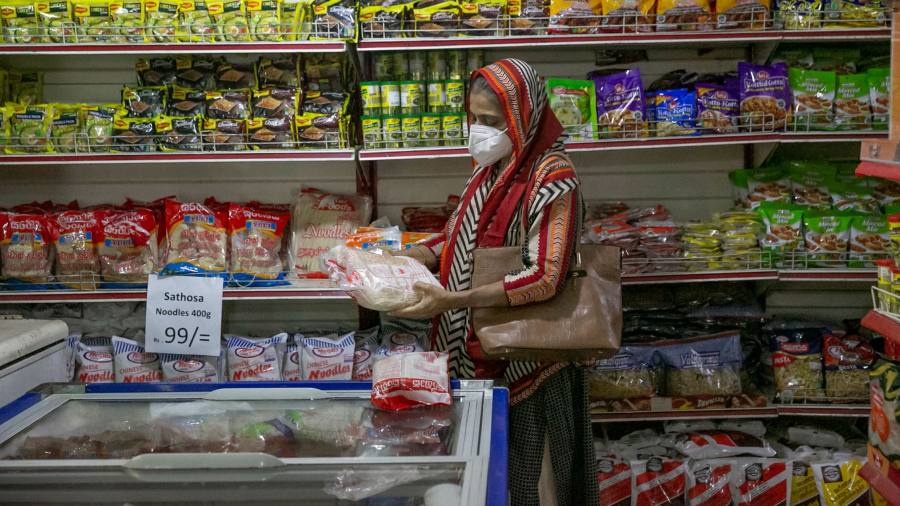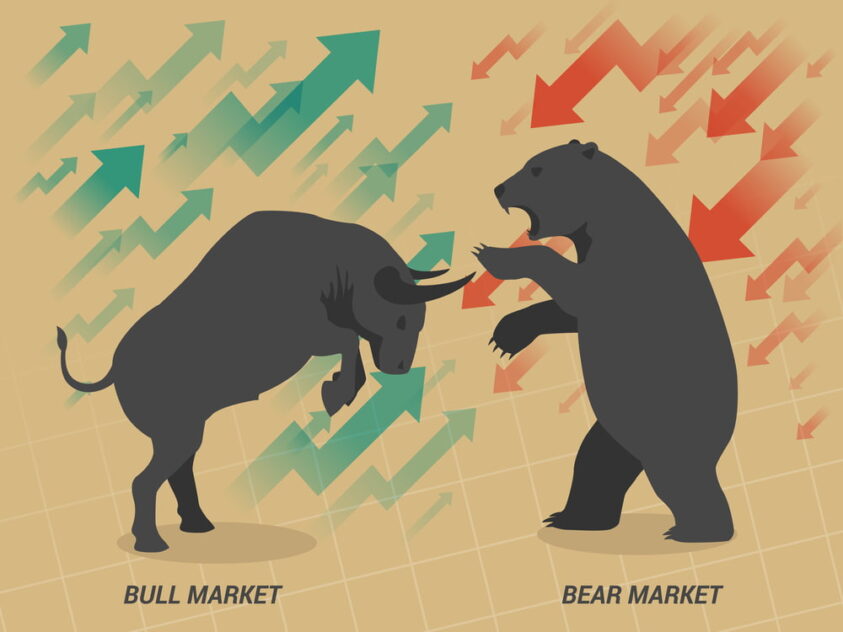FERTILISER shortages, export controls, disrupted global trade, and escalating fuel and transport costs will all exert upward pressure on the cost of staples.
Against such backdrop, analysis by S&P Global Ratings shows low and low- to middle-income countries in Central Asia, the Middle East, Africa and the Caucasus could be worst hit by the first-round impact.
The report by S&P has examined which of its rated sovereigns are the largest cumulative importers relative to their own gross domestic product (GDP) of the key grain and seed-oil items most significantly affected by the conflict.
The Caucasus nations Tajikistan, Uzbekistan, and Armenia look particularly exposed through their almost complete reliance on Russia for these key food commodities should sanctions or self-sanctioning complicate trade.
Similarly, the Arab states Morocco, Lebanon, Egypt, and Jordan each rely non-trivially on Ukraine for their food supply and are therefore susceptible to war-induced disruption to ports and processing activities.
“We believe the shock to food supply will have negative implications for emerging market countries, affecting GDP growth, fiscal performance, and social stability,” S&P Global Ratings credit analyst Samuel Tilleray pointed out.
The potential impact on sovereign credit ratings will depend, among other things, upon the extent and severity of the food shock, the ability of governments to minimise the social and economic costs, and international efforts to help the affected countries.
“Although many of the sovereigns most exposed to this risk already have very low credit ratings, the negative economic or political fall-out of the food shock could contribute to rating downgrades,” warned Tilleray.
Ukraine and Russia, both or individually, rank among the top three global exporters of wheat, maize, rapeseed, sunflower seeds, and sunflower oil.
Together, they account for 12% of all food calories traded. Russia and Belarus were the first- and sixth-largest exporters of fertilisers globally in 2020. – June 2, 2022









